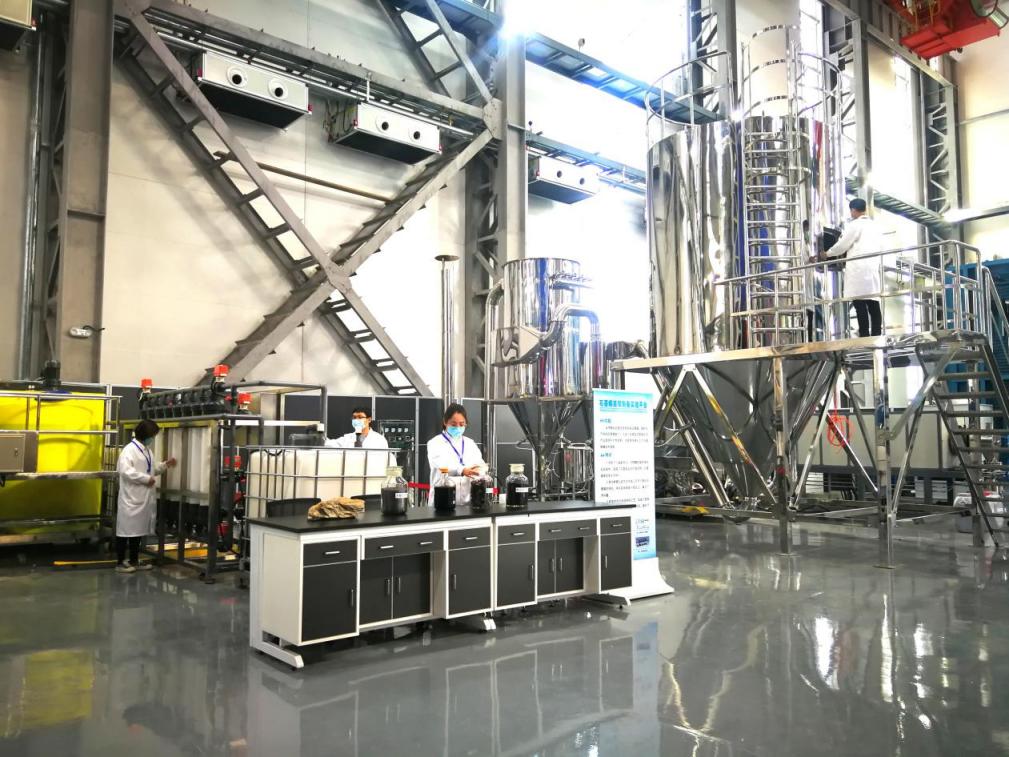Graphene, the single layer of carbon atoms arranged in a hexagonal lattice, is heralded as a wonder material due to its extraordinary properties. However, scaling up its production while maintaining high quality and cost efficiency remains one of the biggest challenges for industrial applications. Over the years, various production techniques have emerged, each tailored to specific applications, quality requirements, and cost considerations. This article explores the key methods of graphene production, recent innovations, and their impact on industrial scalability.

1. Overview of Graphene Production Techniques
Graphene production methods can generally be divided into two categories:
- Top-down approaches: Starting from bulk materials like graphite and reducing them to graphene.
- Bottom-up approaches: Synthesizing graphene from carbon atoms or molecules.
2. Top-Down Production Methods
2.1 Liquid Phase Exfoliation (LPE)
This is one of the most widely used methods to produce graphene from graphite.
- Process: Graphite is dispersed in a solvent and subjected to ultrasonic energy or shear forces to break it down into graphene layers.
- Advantages:
- Scalable and cost-effective.
- Produces graphene nanoplatelets suitable for applications like composites and coatings.
- Challenges:
- Quality control can be inconsistent, with a mix of monolayer and few-layer graphene.
- Requires further processing to remove defects and impurities.
2.2 Electrochemical Exfoliation
In this method, graphite is placed in an electrolyte solution, and an electric current is applied to exfoliate graphene layers.
- Advantages:
- Environmentally friendly compared to chemical exfoliation.
- Fast and scalable for industrial applications.
- Challenges:
- Limited control over layer thickness and quality.
- Potential for introducing oxygen functional groups that may require additional processing.
2.3 Mechanical Exfoliation
Also known as the “Scotch tape method,” this was the first method used to isolate graphene.
- Process: Layers of graphene are mechanically peeled from graphite using adhesive tape.
- Advantages:
- Produces high-quality, defect-free monolayer graphene.
- Challenges:
- Low yield and not suitable for mass production.
3. Bottom-Up Production Methods
3.1 Chemical Vapor Deposition (CVD)
CVD is one of the most promising methods for producing high-quality graphene suitable for electronics and advanced applications.
- Process: Hydrocarbon gases, such as methane, are decomposed at high temperatures on metal substrates (e.g., copper or nickel), leading to the deposition of a graphene layer.
- Advantages:
- Produces large-area monolayer graphene.
- High purity and low defect levels, suitable for electronic applications.
- Challenges:
- Expensive due to high energy requirements and substrate costs.
- Requires complex transfer processes to remove graphene from the substrate.
3.2 Epitaxial Growth on Silicon Carbide (SiC)
This method involves heating a silicon carbide (SiC) wafer in a vacuum to sublimate silicon atoms, leaving behind a graphene layer.
- Advantages:
- Produces high-quality graphene directly on a substrate suitable for electronic devices.
- Challenges:
- High cost of silicon carbide wafers.
- Limited scalability.
3.3 Plasma Enhanced CVD (PECVD)
A variation of CVD that uses plasma to enhance the reaction process.
- Advantages:
- Enables graphene growth at lower temperatures.
- Allows for more precise control over layer thickness and properties.
- Challenges:
- Requires specialized equipment, increasing production costs.
4. Emerging and Innovative Techniques
4.1 Flash Joule Heating
This novel method involves rapidly heating carbon-rich materials, such as coal or plastic waste, to produce graphene.
- Advantages:
- Environmentally friendly, as it repurposes waste materials.
- Low cost and highly scalable.
- Challenges:
- The quality of graphene produced is still under evaluation for high-tech applications.
4.2 Supercritical Fluid Exfoliation
In this method, supercritical fluids (e.g., CO₂) are used to exfoliate graphene from graphite.
- Advantages:
- Environmentally friendly and solvent-free.
- Produces graphene with minimal defects.
- Challenges:
- Requires high-pressure equipment, increasing operational complexity.
4.3 Laser-Assisted Reduction
Laser techniques are used to convert graphene oxide (GO) into reduced graphene oxide (rGO).
- Advantages:
- Allows for patterning graphene directly onto substrates.
- Scalable for printed electronics and sensors.
- Challenges:
- The quality of reduced graphene oxide is lower than pristine graphene.
5. Comparative Analysis of Production Methods
| Method | Quality | Scalability | Cost | Applications |
|---|---|---|---|---|
| Mechanical Exfoliation | High | Low | High | Research, prototyping |
| Liquid Phase Exfoliation | Medium | High | Low | Composites, coatings |
| CVD | High | Medium | High | Electronics, sensors, flexible devices |
| Electrochemical Exfoliation | Medium | High | Medium | Energy storage, composites |
| Epitaxial Growth (SiC) | High | Low | High | High-speed electronics |
| Flash Joule Heating | Medium | High | Low | Bulk graphene production |
6. Challenges in Graphene Production
While significant progress has been made, several challenges remain:
- Cost-Effectiveness: Reducing production costs without compromising quality.
- Scalability: Developing methods that are viable for mass production while maintaining consistency.
- Environmental Impact: Transitioning to greener production methods.
- Standardization: Establishing industry-wide quality and performance standards for graphene.
7. Future Directions
7.1 Hybrid Methods
Combining techniques, such as CVD with LPE, could balance scalability and quality.
7.2 Automation and AI
Incorporating AI and robotics into production processes to optimize yields and reduce defects.
7.3 Green Manufacturing
Focusing on sustainable, waste-free graphene production methods, such as using biomass or recycled materials.
7.4 Advanced Quality Control
Developing real-time monitoring tools for precise control over graphene properties during production.
Conclusion
The continuous evolution of graphene production techniques is paving the way for its integration into diverse industries, from electronics to energy and beyond. While challenges in cost and scalability remain, innovations such as flash Joule heating and green manufacturing approaches offer promising solutions. As production methods mature, graphene is poised to fulfill its potential as a transformative material, reshaping technology and industry worldwide.

